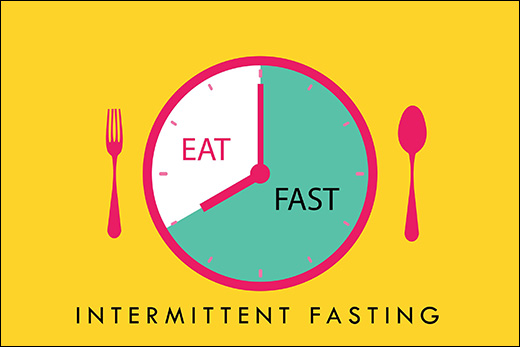
Intermittent Fasting For Vata, Pitta And Kapha Types
Intermittent Fasting For Vata, Pitta And Kapha Types Abstract Intermittent fasting (IF) has gained global popularity as an effective method … Read more

Intermittent Fasting For Vata, Pitta And Kapha Types Abstract Intermittent fasting (IF) has gained global popularity as an effective method … Read more
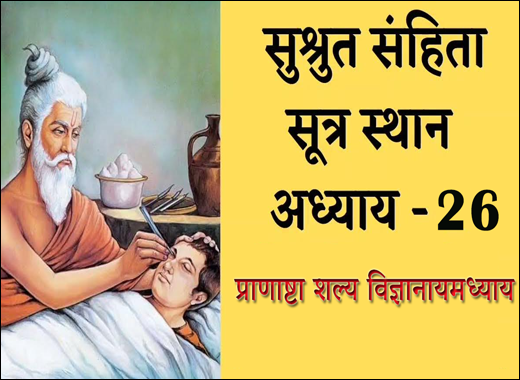
Pranashta Shalya Vijnaiyamadhyaya – 26th Chapter of Sushruta Samhita Abstract Pranashta Shalya is 26 Chapters of Susruta Samhita, which states … Read more
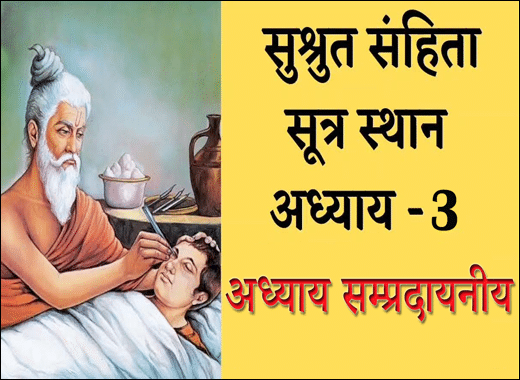
Adhyayana Sampradayaniya – 3rd Chapter of Sushruta Samhita Abstract Acharya Sushruta is the author of Sushruta Samhita. He is called … Read more
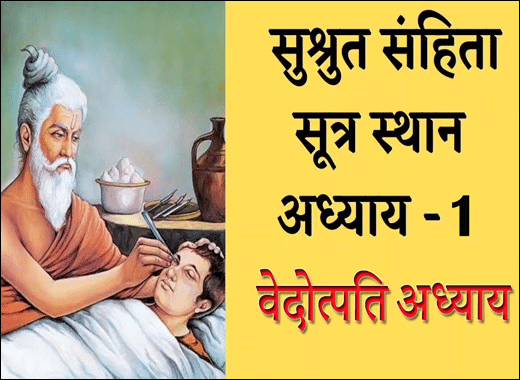
Vedotpati Adhyaya – 1st Chapter of Sushruta Samhita Abstract Acharya Sushruta is the author of Sushruta Samhita. He is called … Read more
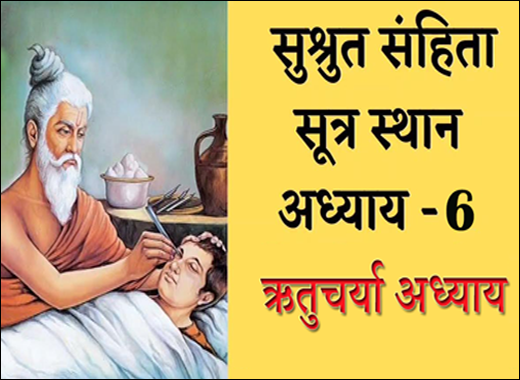
Ritucharya Adhayaya – 6th Chapter of Sushruta Samhita Abstract Sushruta Samhita is written by Acharya Sushruta. This book was composed … Read more

Satmya And Asatmya In Ayurveda Abstract Ayurveda is an age-old great science with explanations of vast health related topics. The … Read more

Winters Need Special Care And Hot Drinks A year is divided into 4 seasons which are spring, summer, winter and … Read more
Why Kriyakala is A Successful Diagnostic and Treatment Tool? The basic goal of Ayurveda is quite simple, use opposite qualities … Read more